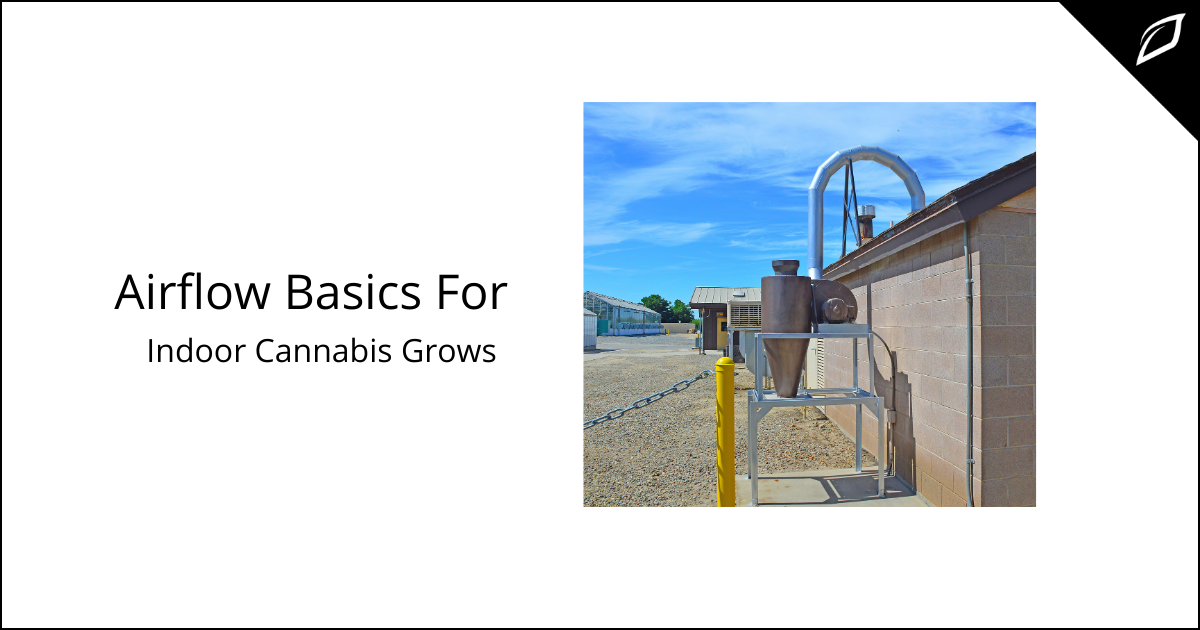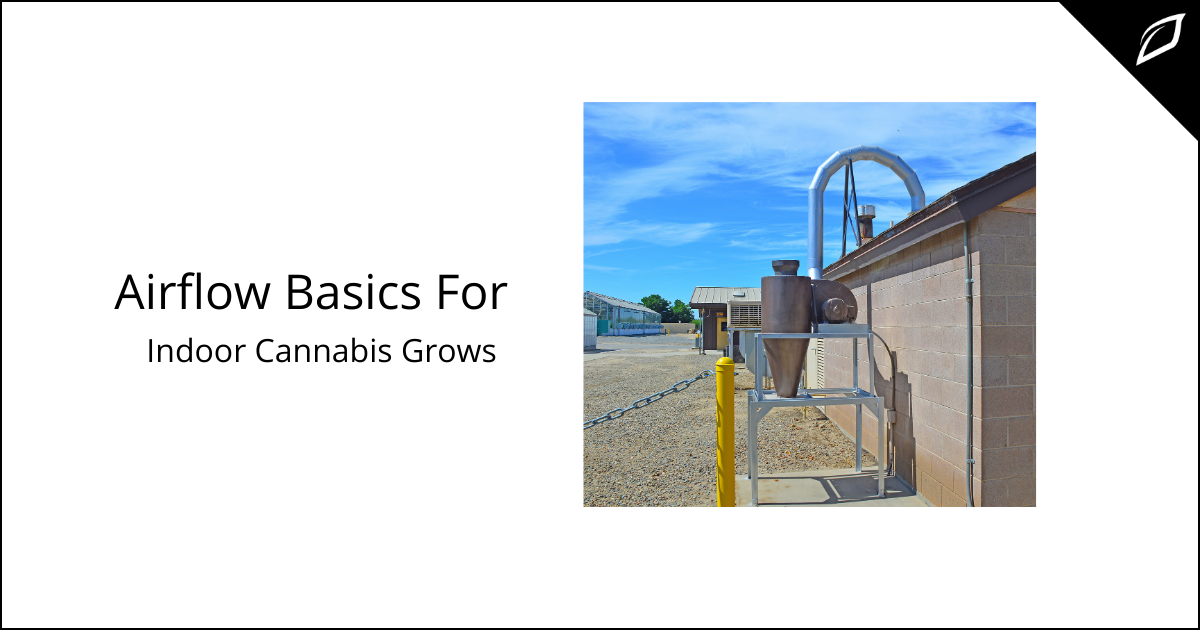Managing Greenhouse Humidity
The simple result of an enclosed growing space combined with focused sunlight is an ideal growing space. Humidity, however, can often be an enemy in...
2 min read
Joy King : Feb 10, 2021 9:20:23 AM

Indoor plants require lighting, water, nutrients, humidity, and air circulation. Proper airflow is a crucial component in growing healthy, vigorous cannabis plants.
What is Airflow in an Indoor Grow?
Airflow systems mimic natural outdoor conditions and maintain resilient plants and help deter mold and pests. Raising cannabis plants indoors requires that growers create an optimal natural environment so plants flourish. Airflow is just one of these environmental conditions, but let's look at ways to create, automate and maintain a healthy airflow system for your indoor cannabis grow.
Why Ventilation is Important
Mimicking outdoor conditions serves many different purposes. The natural resistance plants face with airflow strengthens stems the same way our muscles benefit from lifting weights. The added structural strength benefits plants, allowing them to handle the flowering growth stage's heavy weight.
Improving airflow is also beneficial for keeping diseases like mold or fungi from developing—ventilation decreases humidity, which tends to breed in moist, damp conditions.
Airflow Basics
You can achieve airflow in your indoor grow using numerous methods. Planning the right system for your grow operation is determined by several factors. These can include cost, grow space layout/design, concern about odors, etc.
The most cost-effective and most straightforward way is to place multiple fans within the indoor grow space. Small oscillating fans aimed at the canopy can provide ideal airflow. Fans with adjustable settings are excellent options as well.
Exhaust Systems
Another great option to keep air moving and continually pull fresh air into the grow space is setting up an exhaust system. Exhaust systems utilize fans to push old, stale air out or pull in fresh air.
When setting up an exhaust system, you need to calculate the cubic space of your grow room. The more plants per cubic meter of space, combined with the need to extract heat produced by lighting, require robust ventilation. You'll want a system that can exchange the air every one to three minutes.
Plan your extraction route when you build your indoor cannabis grow. Because hot air rises, it makes sense to place the extractor at the top of the room; however, air intake should be near the floor. It's pretty standard for indoor cannabis grows to use odor control as well; carbon filters fit onto the exhaust fan and filter out the smell, keeping your operation discreet.
Automation
Smart grows are using automation for the airflow process. A smart motor controller hooked up to your exhaust system can be programmed to turn fans on or off depending on other environmental factors like VPD or temperature. As with anything to do with your plants, some trial and error are required, but once it's dialed in, it's a relatively easy system to automate and maintain. Using an automation company that provides customer support is a bonus as some of these processes can get complicated.


The simple result of an enclosed growing space combined with focused sunlight is an ideal growing space. Humidity, however, can often be an enemy in...

Nutrient deficiency in plants can impact your bottom line. Delivering the right nutrients at the right time can make or break your grow operation....

Despite a desire for locally grown produce, almost half of the fresh fruits and vegetables bought by American's last year were grown outside of the...